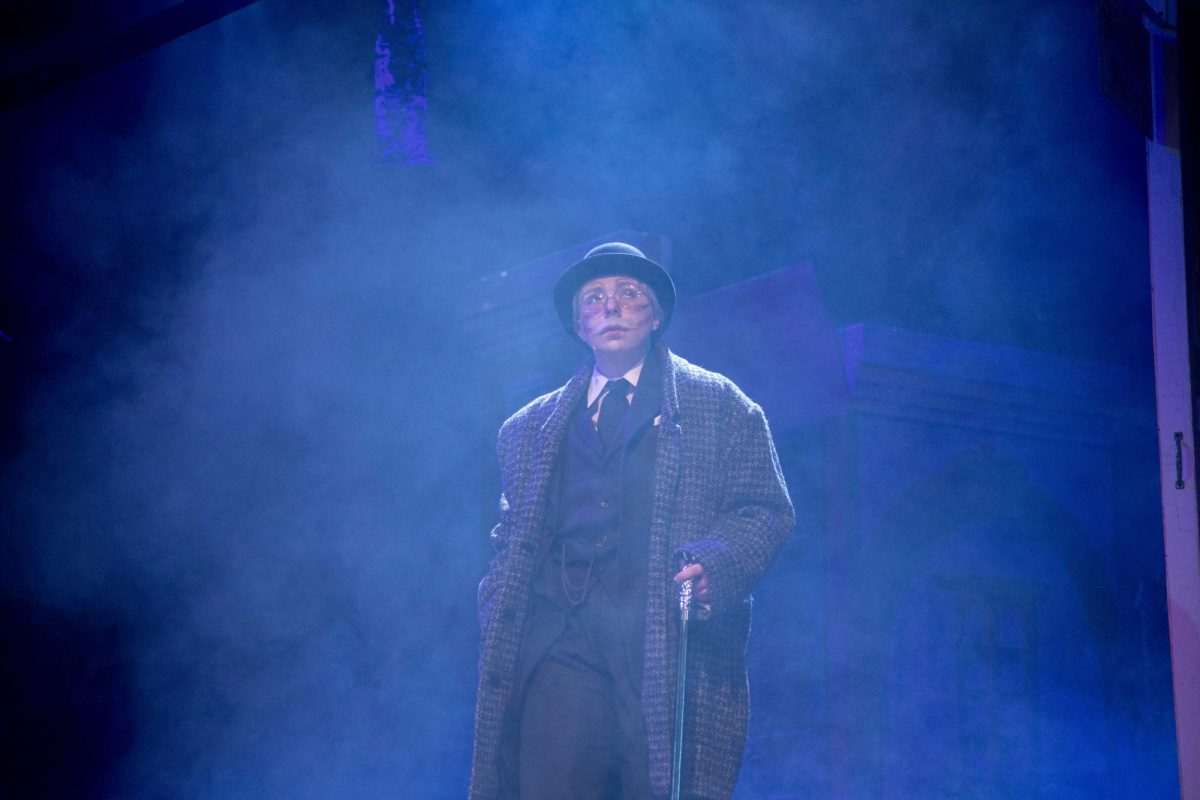Book’s personable style recounts illinois life early in 20th Century
July 5, 1995
Charles Neal remembers in everything in detail. From attending his first day of school in 1914 to teaching during the Great Depression, Neal tells of the trials and tribulations of growing up in Southern Illinois during the first third of the 20th Century in his nineteenth book, The Life and Times of a Fly Caught Up in a Spider’s Web.
Neal, a Southern Illinois native who served as director of student teaching in the College of Education at SIUC from 1948 to 1970, has recaptured a period in American history through his unique recollection of names, places, and experiences.
The autobiographical tale goes from his early childhood experiences to coming of age in one of the hardest times in American history.
Advertisement
Neal’s first-person narration of his true-to-life experiences makes the book a collection of great stories. The book opens with Neal encountering Gypsies that play a violin on the way to school. Nowhere had I heard music played that compared to this Gypsy violinist, he recalls. Then he goes into the tale of Skinflint’s ghost, which hovered over the Orthodox cemetery in Benton.
Neal’s writing style is humble like the stories he tells, never getting too complicated, never using a word too big or complex. In the chapter Never a Dull Moment, Neal writes of a student who asks Are you going to give me a whipping, teach? Neal’s past experiences writing textbooks and do-it-yourself manuals have probably made him well-versed in reader-friendly writing style.
Perhaps the book’s most amusing quality is the personalities that develop through Neal’s coming of age in rural Illinois. One of the most interesting is Granny Hawkins, whose psychic powers helped her predict the corn failure in 1911 and America’s entry into World War I. A more youthful and fragile character is the little copy-cat student Irene Singer, who Neal caught copying answers for a test from a handkerchief. Anyone who has grown up in rural America can easily envision a relative, friend or the old man down the street through the characters in the book.
Neal is not a historian in the sense of the word, but he does give a detailed description of just how it was in Southern Illinois during the early part of this century. For those who lived through this period, the book can serve as a reminder of the past. And for others, it can serve as a lesson in Southern Illinois history.
Advertisement







